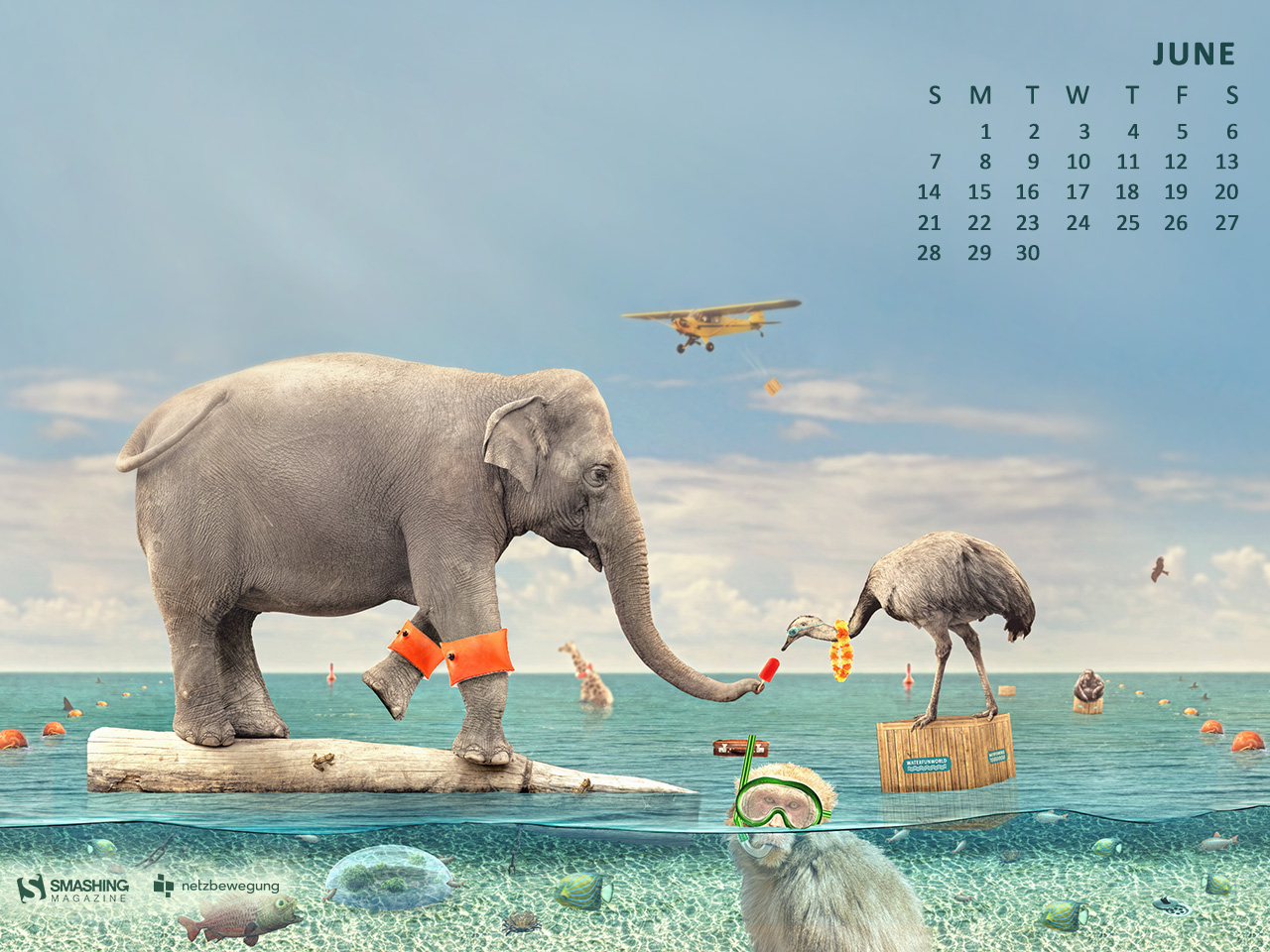


- OS X PHOTOS CONVERT RAW TO JPEG HOW TO
- OS X PHOTOS CONVERT RAW TO JPEG PLUS
- OS X PHOTOS CONVERT RAW TO JPEG FREE
This would be so much easier if there were more options in Photos' Smart Albums, or if the RAW image in a RAW+JPEG photo were displayed in a "show me all the RAW photos" album. I'll then either edit the RAW and export a new JPEG, or just keep the original JPEG, then import just the chosen JPEG back into Photos. When I find one, I export the unmodified originals (which retains the all-important metadata) and compare the JPEG to the RAW.
OS X PHOTOS CONVERT RAW TO JPEG FREE
When I have some free time, I browse each of those Smart Albums, looking for the "J" or "R" overlay, which lets me know it's a RAW+JPEG photo.
OS X PHOTOS CONVERT RAW TO JPEG HOW TO
If this were a normal hint, this is where I'd say "but I found this method that works." Unfortunately, this isn't a normal hint, because I have no idea how to proceed: There aren't any Smart Album choices that can help, because the options are too limited-if I could create one based on file size, then I hope the RAW+JPEG photos would be near the top, but that's not a choice.įor now, the best I've come up with is this: For each of the cameras I've owned over the years that could shoot in RAW+JPEG, I created a Smart Album based on Camera Model. Unfortunately, in Mojave's Photos app, the only way to switch between the RAW and JPEG is when you're in edit mode on a single photo…and trying to find and manually switch all the RAW+JPEG photos would be an incredibly time-consuming task. In Mojave's version of Photos, the Smart Album sort of works: The Smart Album will show RAW+JPEG photos, but only when the RAW version is viewed as the original (the leftmost image in the demo photos above). So much for that plan, at least in Catalina. As it turns out, though, this Smart Album only finds pure RAW photos-RAW+JPEG are excluded from the results. When I realized I had a number of RAW+JPEG photos I didn't need, I thought "no problem, I'll just find them with a Smart Album…" (You switch between the two versions using the Image > Use as Original menu item.) The rightmost image is a RAW photo, without a bundled JPEG. The center photo is another RAW+JPEG photo, but displaying the JPEG version. The leftmost image is a RAW+JPEG photo, set to display the RAW version (as indicated by the "R" in the upper left corner). Unfortunately, most are in the RAW+JPEG format, and that's a problem: Once such photos are in Photos, there's absolutely no way to find them-which means there's no easy way to remove them.Ī RAW photo can show-or not show-in Photos in three different ways: Some are pure RAW, and these I can easily find and fix (export, convert to JPEG, re-import). Unfortunately, I wasn't so smart in the past, and I imported many RAW and RAW+JPEG photos to Photos-and I don't need the RAW versions at all. (In very rare cases, I'll keep the RAW version, for a photo I may want to edit more in the future.) Instead, I import to a folder, then edit the RAW photo in a photo editor, output a final JPEG, and import that to Photos. Because of this, I try not to import the RAW+JPEG files into Photos. The problem is that RAW images are huge-the Fuji's RAW files are over 50MB each, versus anywhere from 7MB to 14MB for a JPEG.
OS X PHOTOS CONVERT RAW TO JPEG PLUS
But there are times, such as when shooting landscapes or flowers, when I want to have the original RAW file to edit, so I shoot in the RAW plus highest-quality JPEG mode. Most of the time, I shoot in the highest-quality JPEG format, which is more than good enough for my needs. The Fuji can take photos five different ways: At two levels of JPEG quality (fine and normal), those same two JPEG quality levels with an attached RAW version, and RAW only. But when I want to go out and really take photos, I take my Fuji X-E3. I mostly shoot photos on my iPhone, because that's what I'm usually carrying.


 0 kommentar(er)
0 kommentar(er)
